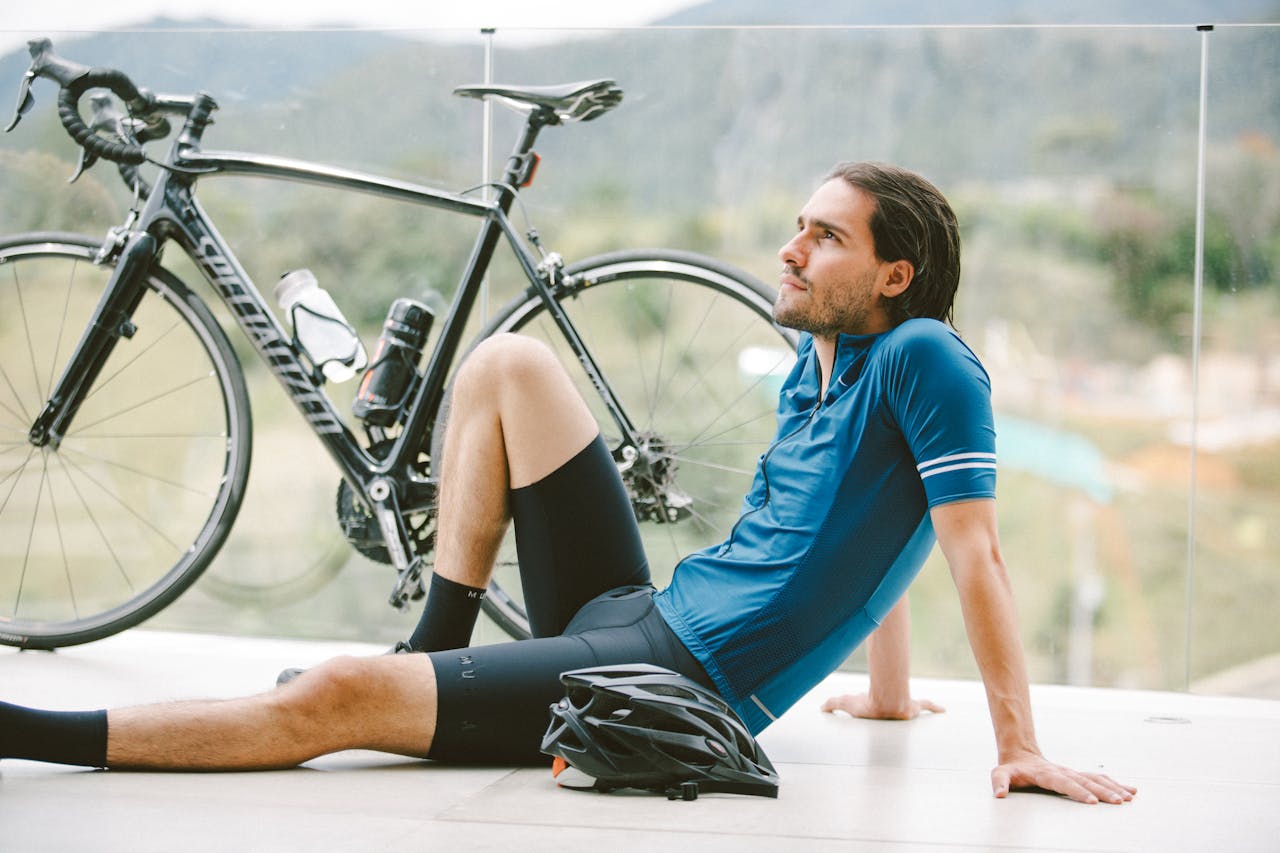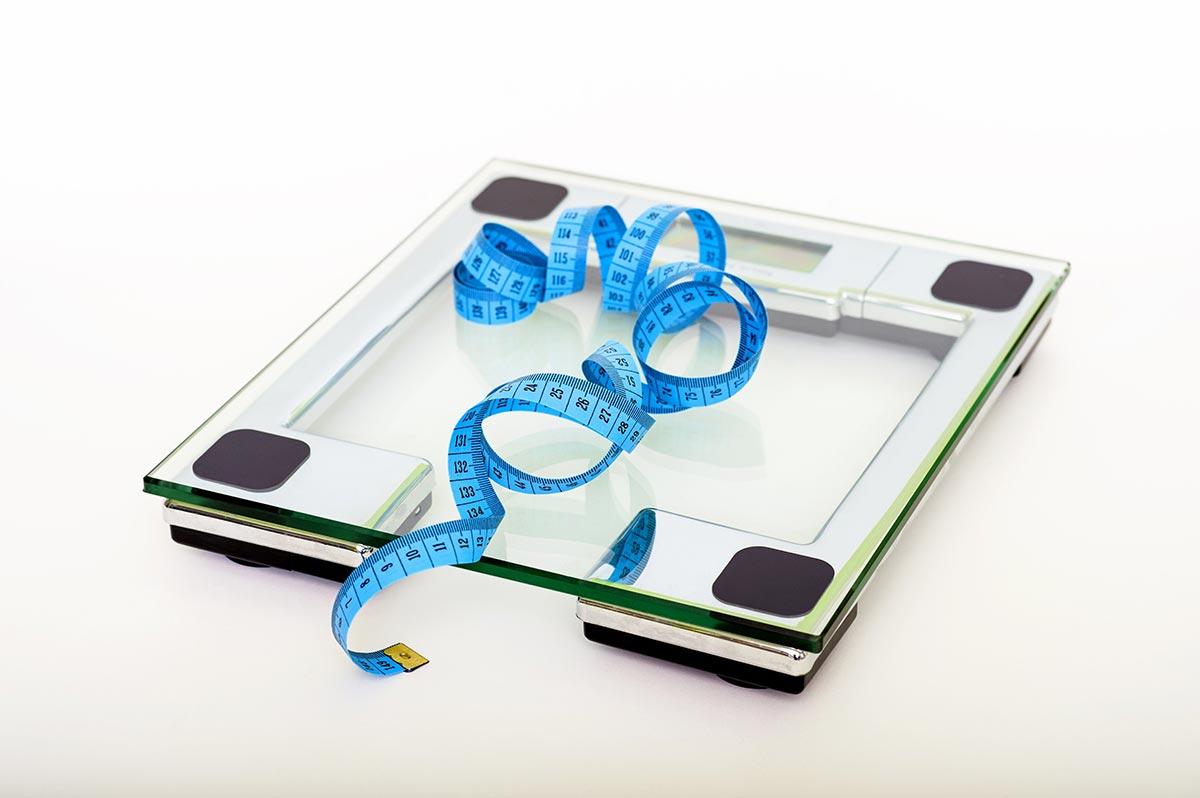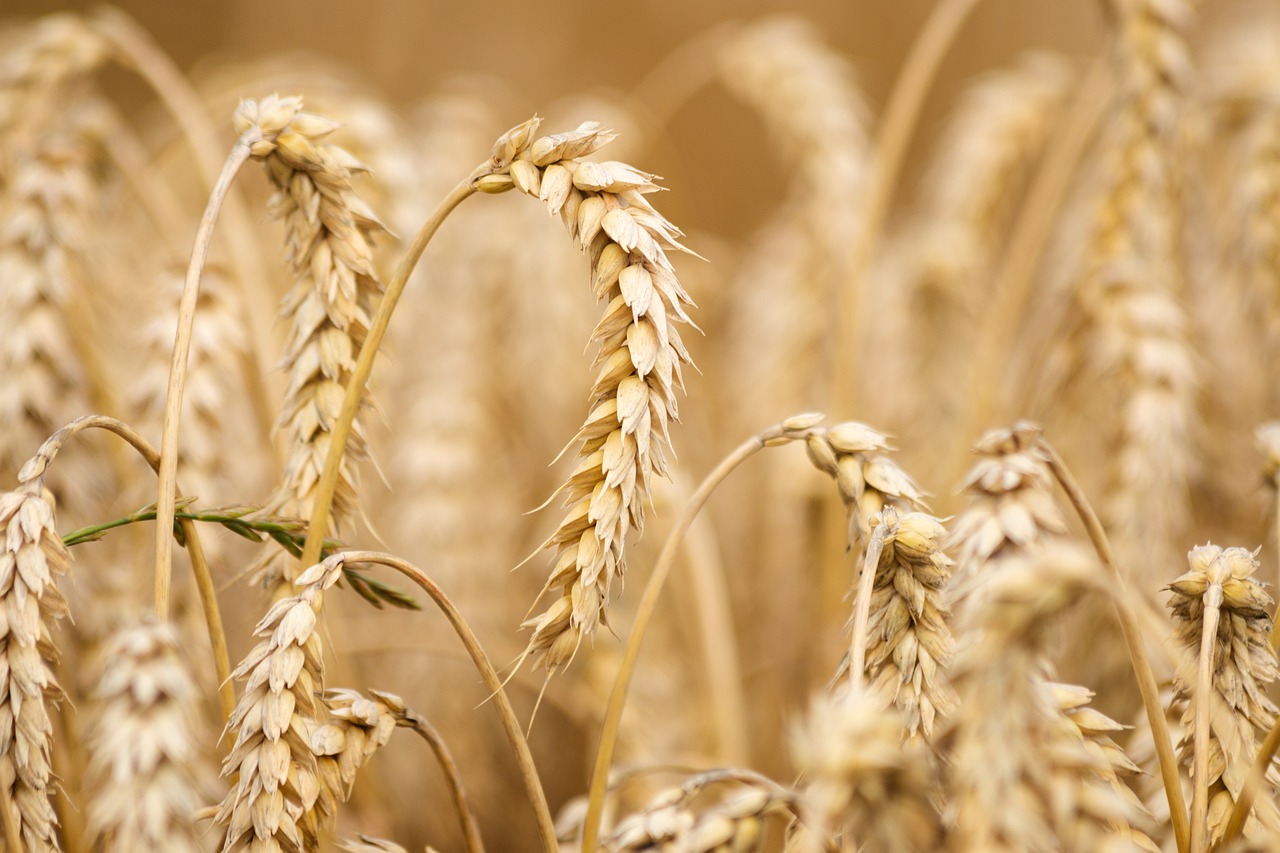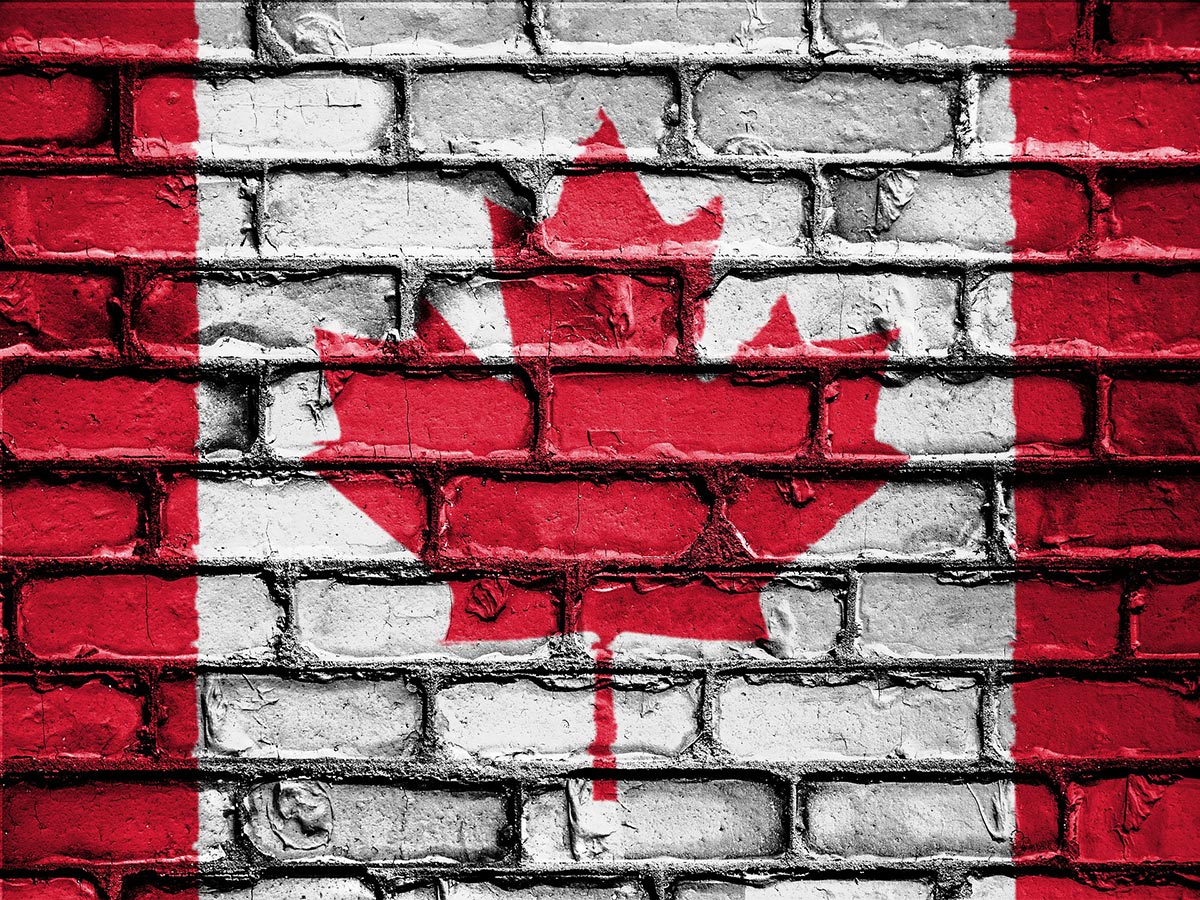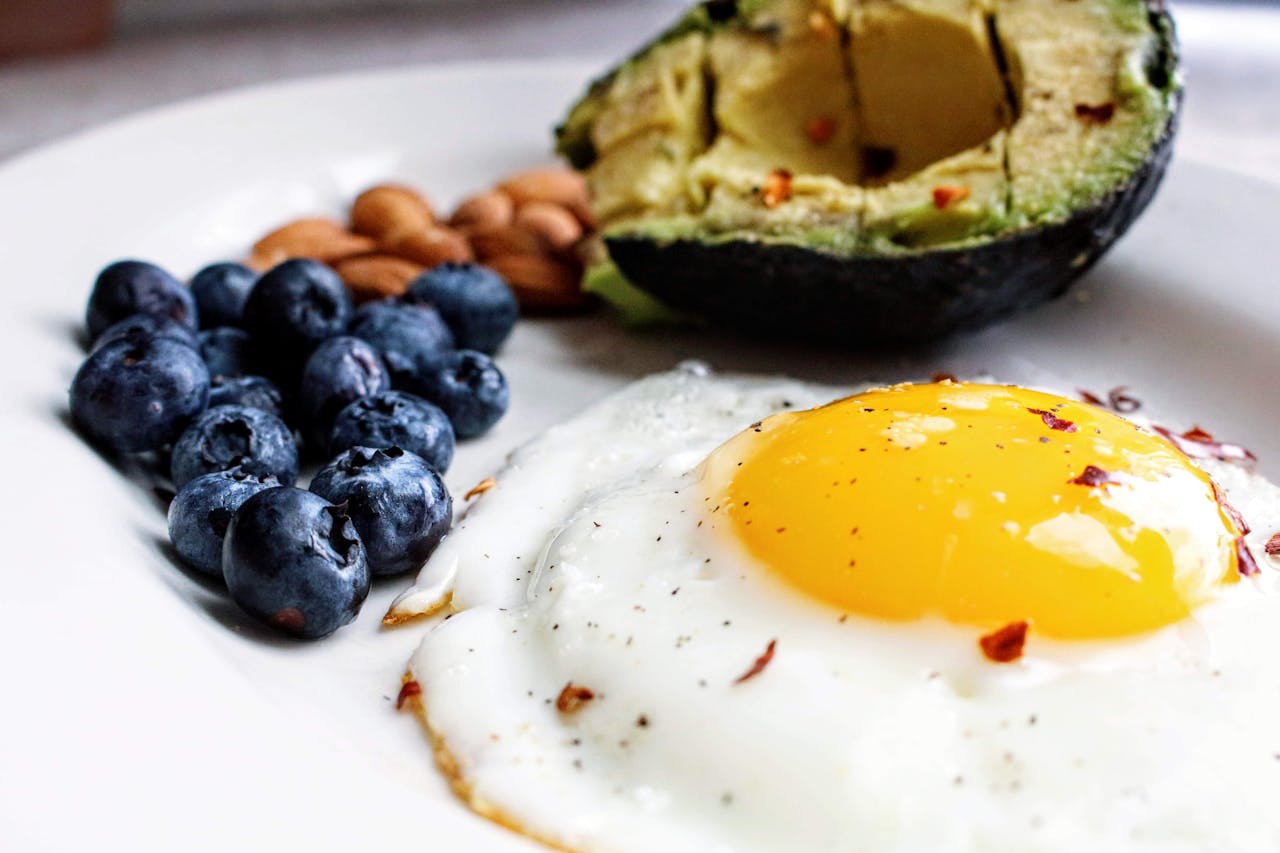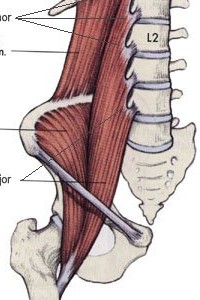Why I monitor my health every morning
I live in the United States now, and while I love the optimism, the oversized everything, and the 24-hour gyms, there’s one thing that never fails to terrify me: American health statistics. If you’ve ever stood in a Walmart checkout line behind three motorized carts and a man buying beef jerky and insulin with the same hand, you’ll know what I mean. So when I unpacked my new smart scale—yes, the one that measures visceral fat—I wasn’t just trying to monitor my weight. I was trying to survive.
From bread to blood pressure: a European contradiction
As a European, I was raised on two contradictory ideas: bread is sacred, and prevention is king. So when my blood pressure started creeping up and my waistline joined it on the charts, I decided to stop pretending jeans shrink in the wash and do something measurable.
I had a scale before—but like most Americans and New Year’s resolutions, I used it sporadically. Then I got serious. I bought the Withings BodySmart, a scale that doesn’t just weigh you—it evaluates you. Now, every morning, I strip down like I’m prepping for a weigh-in at a boxing match, step on the scale, and get my daily dose of uncomfortable truth: weight, fat mass, visceral fat rating, muscle mass, hydration level, resting heart rate, and yes, even the weather—because apparently, this thing knows more about me than my last therapist.
Withings BodySmart: the silent coach on my bathroom floor
The device I use is the Withings BodySmart, and let me be clear—this thing does more than just judge your carb intake. It tells you how much of your mass is fat, how much is muscle, how hydrated (or hungover) you are, what your standing heart rate is, and how dangerously close you are to a visceral fat rebellion.
It’s like having a brutally honest friend who’s also French and doesn’t care about your feelings—but cares deeply about your arteries. It even shows you the current weather and outside temperature—so there’s really no excuse at 6 a.m. not to go jogging or walking, armed only with a sip of coffee and a dash of soy milk.
Health is not about the scale—it’s about the system
Let’s be honest: weight loss alone doesn’t mean you’re healthier. Ask any celebrity who’s dropped 20 pounds and now gets winded opening a bottle of sparkling water. What matters is what’s left behind. When I lose weight, I want to lose the stuff that slows me down—not the stuff that keeps me upright. That means preserving muscle, supporting my cardiovascular system, and being able to walk a flight of stairs without negotiating a truce with gravity.
Obesity is expensive—financially and biologically
American culture has a long tradition of chasing after quick fixes. But the price of obesity is anything but temporary. The U.S. spends over $170 billion annually on obesity-related healthcare costs. That’s more than the GDP of entire nations, all because too many people think tracking their blood pressure is optional and breakfast is a 32-ounce soda. These costs aren’t just numbers on insurance bills—they translate into workplace absenteeism, lost productivity, higher insurance premiums, and an entire medical system on the verge of metabolic collapse.
Prevention as culture versus prevention as a product
Meanwhile, back in Europe, prevention is not a radical concept. Annual check-ups, lifestyle-based prescriptions, and an actual interest in long-term health are the rule, not the exception. My friends back home don’t brag about weight loss injections—they brag about completing a 10K, lowering their LDL, or switching to whole grains before it was cool. The difference? In Europe, health is a culture. In America, it’s a business—and business is booming, but the customers are dying.
More than data—it’s daily discipline
Back to the scale. With my scale, I track trends that actually matter: fat mass versus lean mass, resting heart rate, and whether I still have enough juice to do a proper workout after a long day. It reminds me that the goal isn’t just to weigh less—it’s to do more with less weight. I’m not just trying to fit into my old jeans. I’m trying to carry my groceries, climb hills, chase dreams—without needing a nap or a defibrillator.
Shots don't build strength, but numbers build habits
The problem with shortcut solutions like weight-loss injections is that they often focus on the scale, not on the system. Sure, your weight drops—but so does your protein intake, your muscle mass, and your energy. You become a lighter version of your former self, but also a weaker one. That’s not progress. That’s a slow fade into clinical fragility.
Preventive care, not panic care
And yes, I can generate PDFs of my data and send them to my doctor. Welcome to preventive medicine, American edition—powered not by a yearly scolding at your physical but by daily numbers that glare back at you like a disappointed parent.
The injectable delusion
Meanwhile, across social media, billionaires and actors are injecting themselves thin and calling it science. Elon Musk swears by his weight-loss syringe like it’s part of a startup IPO. Hollywood types whisper about their prescriptions like they’re holding state secrets. But you can’t inject your way to cardiovascular resilience. You can’t substitute protein, motion, and accountability with a $900 miracle that comes with nausea, fatigue, and the digestive grace of a Taco Bell three-way combo.
Survival Isn’t a Motto—It’s a Metric
And somewhere in this mess, we’ve appointed a Secretary of Health who seems more concerned with vaccine conspiracies than with the fact that two-thirds of the country is metabolically compromised. If RFK Jr. wants to prove he’s serious about public health, I suggest he start where it hurts: with a daily step on a scale that doesn’t lie.
Because here in America, “Survival of the Fittest” isn’t a motivational quote—it’s a grim prognosis. And I intend to be on the right side of that evolutionary fork.
